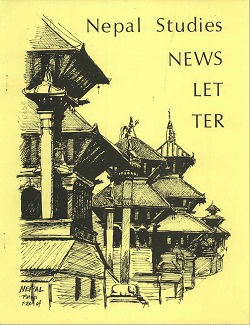Author Biography
This submission is the property of the Association for Nepal and Himalayan Studies (ANHS).
Abstract
There are few comprehensive surveys addressing the evolution of China’s grassland policies, particularly with respect to fencing. As a necessary prologue to such an inquiry, this paper presents the national-level laws and regulations that have structured contemporary property regimes and affected the rate and extent of the enclosure movement in pastoral western China, with a focus on Tibetan areas. Based on this review of the legal and political framework of enclosure on the Tibetan Plateau, I will argue that the intent and sequencing of development policies in pastoral areas has been based on the overriding logic of modernization, privatization, and intensification (Yeh 2005). This logic, in turn, has been used to promote enclosure and rationalize heavy investments in technologies of control – policies that reflect the state’s political goals in Tibetan areas and which may have unintended consequences, including increased grazing pressure on, and degradation of, the very rangeland resources that are putatively being protected by enclosures. Rather than addressing critical socio-economic constraints in pastoral areas such as population pressures and market distortions (Shen 2004), policy makers have focused instead on technical interventions (e.g., reseeding, improving the genetics of livestock breeds) without recognizing the integrated nature of the challenges confronting Tibetan pastoralists amidst ongoing and rapid shifts in their socio-economic situation.
Acknowledgements
The author would like to acknowledge support from the Rangeland Enclosure on the Tibetan Plateau (RETPEC) project, funded by the European Commission under FP6 Specific Targeted Research Project, Contract number INCO-CT-2006-032350. The author would also like to thank Andrew Fischer and an anonymous reviewere for their insightful comments and helpful suggestions.
Creative Commons License

This work is licensed under a Creative Commons Attribution 4.0 License.
Recommended Citation
Bauer, Kenneth and Nyima, Yonten. 2011. Laws and Regulations Impacting the Enclosure Movement on the Tibetan Plateau of China. HIMALAYA 30(1).
Available at:
https://digitalcommons.macalester.edu/himalaya/vol30/iss1/10


